-
 Bitcoin
Bitcoin $108,778.4882
0.68% -
 Ethereum
Ethereum $2,563.3783
2.01% -
 Tether USDt
Tether USDt $1.0001
-0.01% -
 XRP
XRP $2.2881
0.77% -
 BNB
BNB $662.2819
1.12% -
 Solana
Solana $152.2652
3.21% -
 USDC
USDC $0.9999
-0.01% -
 TRON
TRON $0.2873
0.90% -
 Dogecoin
Dogecoin $0.1715
4.20% -
 Cardano
Cardano $0.5868
1.50% -
 Hyperliquid
Hyperliquid $39.6796
1.73% -
 Sui
Sui $2.9136
0.85% -
 Bitcoin Cash
Bitcoin Cash $495.4980
1.77% -
 Chainlink
Chainlink $13.5765
3.06% -
 UNUS SED LEO
UNUS SED LEO $9.0753
0.53% -
 Stellar
Stellar $0.2503
3.73% -
 Avalanche
Avalanche $18.2012
1.86% -
 Shiba Inu
Shiba Inu $0.0...01174
1.83% -
 Toncoin
Toncoin $2.7998
-6.08% -
 Hedera
Hedera $0.1596
3.89% -
 Litecoin
Litecoin $87.3119
0.20% -
 Monero
Monero $319.5596
1.08% -
 Polkadot
Polkadot $3.3887
0.93% -
 Dai
Dai $0.9999
-0.01% -
 Ethena USDe
Ethena USDe $1.0001
-0.01% -
 Bitget Token
Bitget Token $4.3294
-1.36% -
 Uniswap
Uniswap $7.3898
1.60% -
 Aave
Aave $287.5336
5.76% -
 Pepe
Pepe $0.0...01005
3.24% -
 Pi
Pi $0.4588
1.90%
How to set API permissions on Kraken?
Setting API permissions on Kraken is vital for secure automation; customize trading, funding, and account management permissions to safeguard your account.
Apr 25, 2025 at 12:28 pm
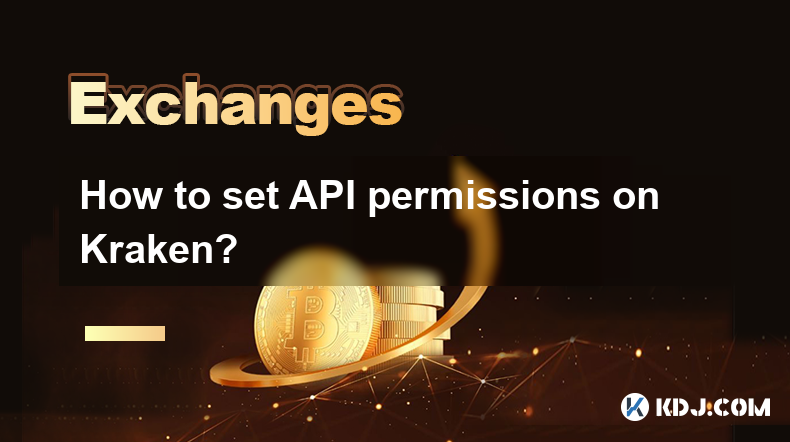
Setting API permissions on Kraken is a crucial step for users who want to automate their trading activities or access their account data programmatically. Kraken, one of the leading cryptocurrency exchanges, offers a robust API that allows users to perform a wide range of operations. In this article, we will guide you through the process of setting up API permissions on Kraken, ensuring that you can securely and effectively manage your account.
Understanding Kraken API Permissions
Before diving into the setup process, it's important to understand what API permissions are and why they matter. API permissions dictate what actions an API key can perform on your behalf. Kraken allows you to customize these permissions, ensuring that you can grant access to specific functionalities while maintaining control over your account's security.
Kraken's API permissions are divided into several categories, including trading, funding, and account management. Each category contains specific permissions that you can enable or disable according to your needs. For instance, you might want to grant trading permissions to an API key used by a trading bot, while restricting funding permissions to prevent unauthorized withdrawals.
Accessing the API Management Page
To begin setting up your API permissions, you need to access the API management page on Kraken. Here's how you can do it:
- Log in to your Kraken account using your credentials.
- Navigate to the Settings menu, which is usually located in the top right corner of the Kraken website.
- From the dropdown menu, select API.
- You will be directed to the API Management page, where you can create and manage your API keys.
Creating a New API Key
Once you are on the API Management page, you can create a new API key. Follow these steps:
- Click on the Generate New Key button.
- You will be prompted to enter a Key Name and a Key Description. These are for your reference and help you identify the purpose of the key.
- After entering the details, click on Generate Key.
- Kraken will generate a Public Key and a Private Key. The public key is used to identify your API requests, while the private key is used to sign them, ensuring their authenticity.
Configuring API Permissions
After generating your API key, the next step is to configure its permissions. This is where you can specify what actions the key is allowed to perform. Here's how to do it:
- On the API Management page, find the newly created key and click on the Edit button next to it.
- You will see a list of permissions categorized into Trading, Funding, and Account Management.
- Under Trading, you can enable permissions such as Create and Cancel Orders, Query Open Orders and Trades, and Query Closed Orders and Trades.
- In the Funding section, you can enable permissions like Deposit and Withdraw Funds, Query Account Balance, and Query Deposit and Withdrawal History.
- The Account Management section includes permissions such as Query Account Information and Manage Subaccounts.
- Check the boxes next to the permissions you want to grant to the API key. Be cautious and only enable the permissions that are necessary for your intended use.
Securing Your API Key
Security is paramount when dealing with API keys, as they grant access to your account. Here are some best practices to secure your API key:
- Store your Private Key securely. Never share it with anyone or store it in plain text. Consider using a secure password manager or an encrypted storage solution.
- Use different API keys for different purposes. For example, create one key for trading and another for funding, each with the appropriate permissions.
- Regularly review and update your API permissions. If you no longer need a certain permission, disable it to minimize potential risks.
- Enable Two-Factor Authentication (2FA) on your Kraken account. This adds an extra layer of security, making it harder for unauthorized users to access your account.
Testing Your API Key
Once you have set up your API key and configured its permissions, it's a good idea to test it to ensure everything is working as expected. Here's how you can do it:
- Use a tool like Postman or cURL to send API requests to Kraken's endpoints.
- Start with a simple request, such as querying your account balance, to verify that the key is working.
- Gradually test more complex operations, such as placing and canceling orders, to ensure that all the permissions you've enabled are functioning correctly.
- If you encounter any issues, double-check your API key and permissions settings on the Kraken website.
Frequently Asked Questions
Q: Can I have multiple API keys with different permissions on Kraken?
A: Yes, Kraken allows you to create multiple API keys, each with its own set of permissions. This is useful for segregating different functionalities and enhancing security.
Q: What should I do if I suspect my API key has been compromised?
A: If you suspect that your API key has been compromised, immediately revoke the key from the API Management page on Kraken. Then, generate a new key with the necessary permissions and update your applications to use the new key.
Q: Is it possible to change the permissions of an existing API key on Kraken?
A: Yes, you can change the permissions of an existing API key at any time. Simply go to the API Management page, find the key you want to modify, and click on the Edit button to adjust its permissions.
Q: How can I ensure that my API key is used securely when integrating with third-party services?
A: When integrating with third-party services, ensure that you only grant the necessary permissions to the API key. Additionally, use secure communication channels (HTTPS) and consider implementing additional security measures, such as IP whitelisting, to restrict access to your API key.
Disclaimer:info@kdj.com
The information provided is not trading advice. kdj.com does not assume any responsibility for any investments made based on the information provided in this article. Cryptocurrencies are highly volatile and it is highly recommended that you invest with caution after thorough research!
If you believe that the content used on this website infringes your copyright, please contact us immediately (info@kdj.com) and we will delete it promptly.
- Bitcoin Wallet Hack? Coinbase Exec Sounds the Alarm on $8B Whale Movement
- 2025-07-07 18:30:12
- Mercado Bitcoin, Tokenization, and XRP Ledger: A Latin American Power Play
- 2025-07-07 18:30:12
- Ripple's RLUSD: Revolutionizing Cross-Margin Trading for Institutions
- 2025-07-07 18:35:12
- Babylon, Bitcoin, and the EVM Mainnet: A New Era for BTCFi?
- 2025-07-07 16:30:11
- Queen Elizabeth Coin Sells for £31,000: A Royal Fortune in Your Pocket?
- 2025-07-07 16:30:11
- XRP Price Check: Will Resistance Trigger a July Drop?
- 2025-07-07 17:10:12
Related knowledge
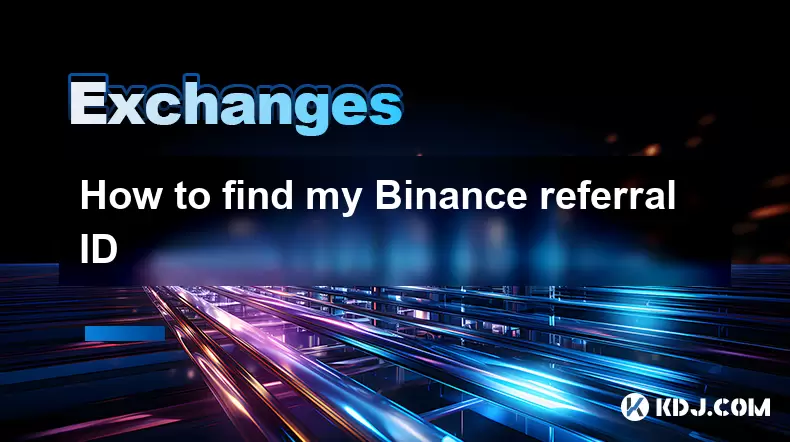
How to find my Binance referral ID
Jul 07,2025 at 06:29pm
What is a Binance Referral ID?A Binance Referral ID is a unique identifier assigned to each user on the Binance platform. This ID allows users to refer new traders to Binance and earn commissions from their trading fees. The referral program is an integral part of Binance’s ecosystem, encouraging community growth and rewarding active participants. Every...

Binance verification rejected why
Jul 07,2025 at 06:57pm
Understanding Binance Verification RejectionIf your Binance verification was rejected, you're likely searching for answers on why this happened and how to resolve it. Binance, as one of the world's largest cryptocurrency exchanges, requires users to complete identity verification to comply with Know Your Customer (KYC) regulations. When a verification r...
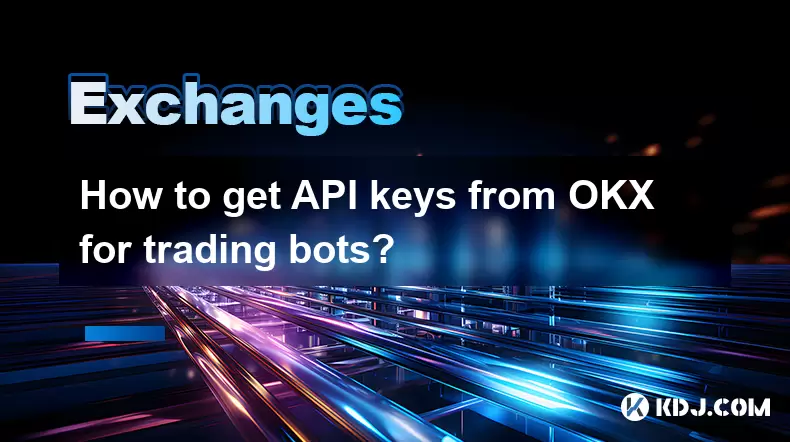
How to get API keys from OKX for trading bots?
Jul 03,2025 at 07:07am
Understanding API Keys on OKXTo interact with the OKX exchange programmatically, especially for building or running trading bots, you need to obtain an API key. An API (Application Programming Interface) key acts as a secure token that allows your bot to communicate with the exchange's servers. On OKX, these keys come with customizable permissions such ...
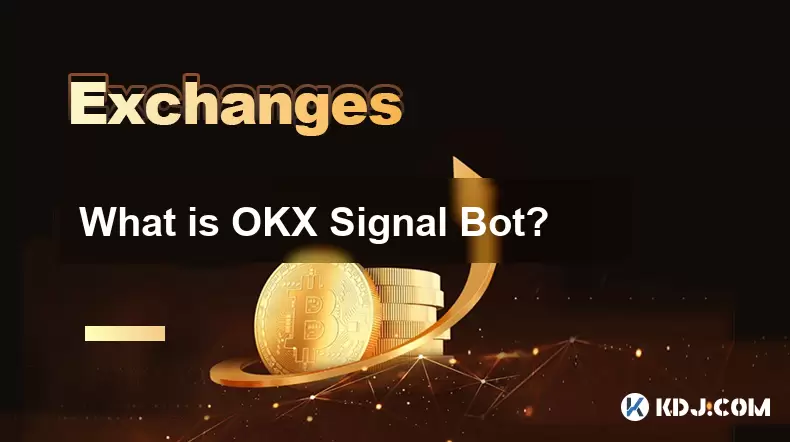
What is OKX Signal Bot?
Jul 02,2025 at 11:01pm
Understanding the Basics of OKX Signal BotThe OKX Signal Bot is a feature within the OKX ecosystem that provides users with automated trading signals and execution capabilities. Designed for both novice and experienced traders, this bot helps identify potential trading opportunities by analyzing market trends, technical indicators, and historical data. ...
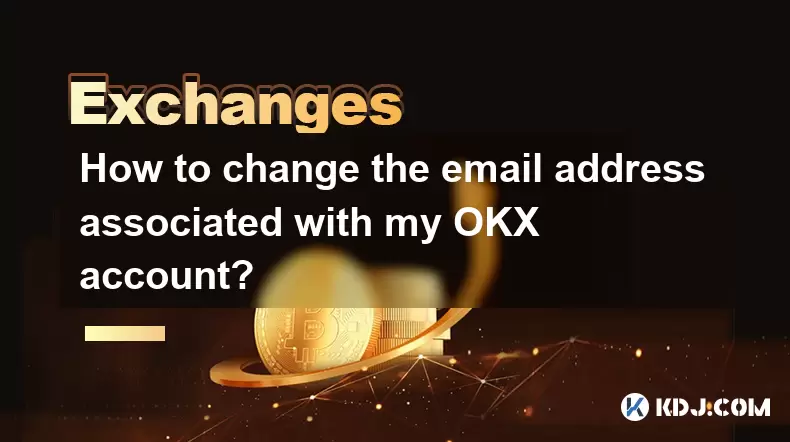
How to change the email address associated with my OKX account?
Jul 07,2025 at 08:07am
How to Change the Email Address Associated with My OKX Account?Changing the email address associated with your OKX account is a crucial process that ensures you maintain control over your digital assets and account security. Many users may find themselves needing to update their registered email due to various personal or technical reasons, such as swit...
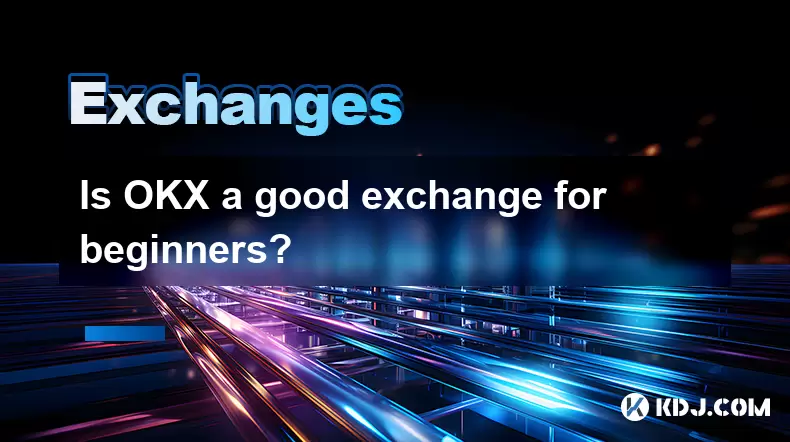
Is OKX a good exchange for beginners?
Jul 03,2025 at 05:00pm
What Is OKX and Why Is It Popular?OKX is one of the leading cryptocurrency exchanges globally, known for its robust trading infrastructure and a wide variety of digital assets available for trading. It supports over 300 cryptocurrencies, including major ones like Bitcoin (BTC), Ethereum (ETH), and Solana (SOL). The platform has gained popularity not onl...

How to find my Binance referral ID
Jul 07,2025 at 06:29pm
What is a Binance Referral ID?A Binance Referral ID is a unique identifier assigned to each user on the Binance platform. This ID allows users to refer new traders to Binance and earn commissions from their trading fees. The referral program is an integral part of Binance’s ecosystem, encouraging community growth and rewarding active participants. Every...

Binance verification rejected why
Jul 07,2025 at 06:57pm
Understanding Binance Verification RejectionIf your Binance verification was rejected, you're likely searching for answers on why this happened and how to resolve it. Binance, as one of the world's largest cryptocurrency exchanges, requires users to complete identity verification to comply with Know Your Customer (KYC) regulations. When a verification r...

How to get API keys from OKX for trading bots?
Jul 03,2025 at 07:07am
Understanding API Keys on OKXTo interact with the OKX exchange programmatically, especially for building or running trading bots, you need to obtain an API key. An API (Application Programming Interface) key acts as a secure token that allows your bot to communicate with the exchange's servers. On OKX, these keys come with customizable permissions such ...

What is OKX Signal Bot?
Jul 02,2025 at 11:01pm
Understanding the Basics of OKX Signal BotThe OKX Signal Bot is a feature within the OKX ecosystem that provides users with automated trading signals and execution capabilities. Designed for both novice and experienced traders, this bot helps identify potential trading opportunities by analyzing market trends, technical indicators, and historical data. ...

How to change the email address associated with my OKX account?
Jul 07,2025 at 08:07am
How to Change the Email Address Associated with My OKX Account?Changing the email address associated with your OKX account is a crucial process that ensures you maintain control over your digital assets and account security. Many users may find themselves needing to update their registered email due to various personal or technical reasons, such as swit...

Is OKX a good exchange for beginners?
Jul 03,2025 at 05:00pm
What Is OKX and Why Is It Popular?OKX is one of the leading cryptocurrency exchanges globally, known for its robust trading infrastructure and a wide variety of digital assets available for trading. It supports over 300 cryptocurrencies, including major ones like Bitcoin (BTC), Ethereum (ETH), and Solana (SOL). The platform has gained popularity not onl...
See all articles

























































































